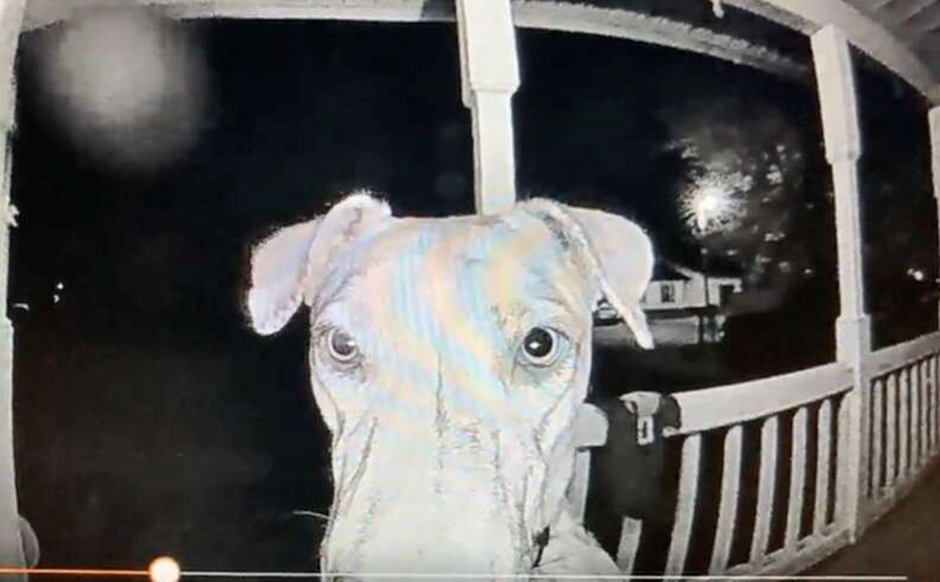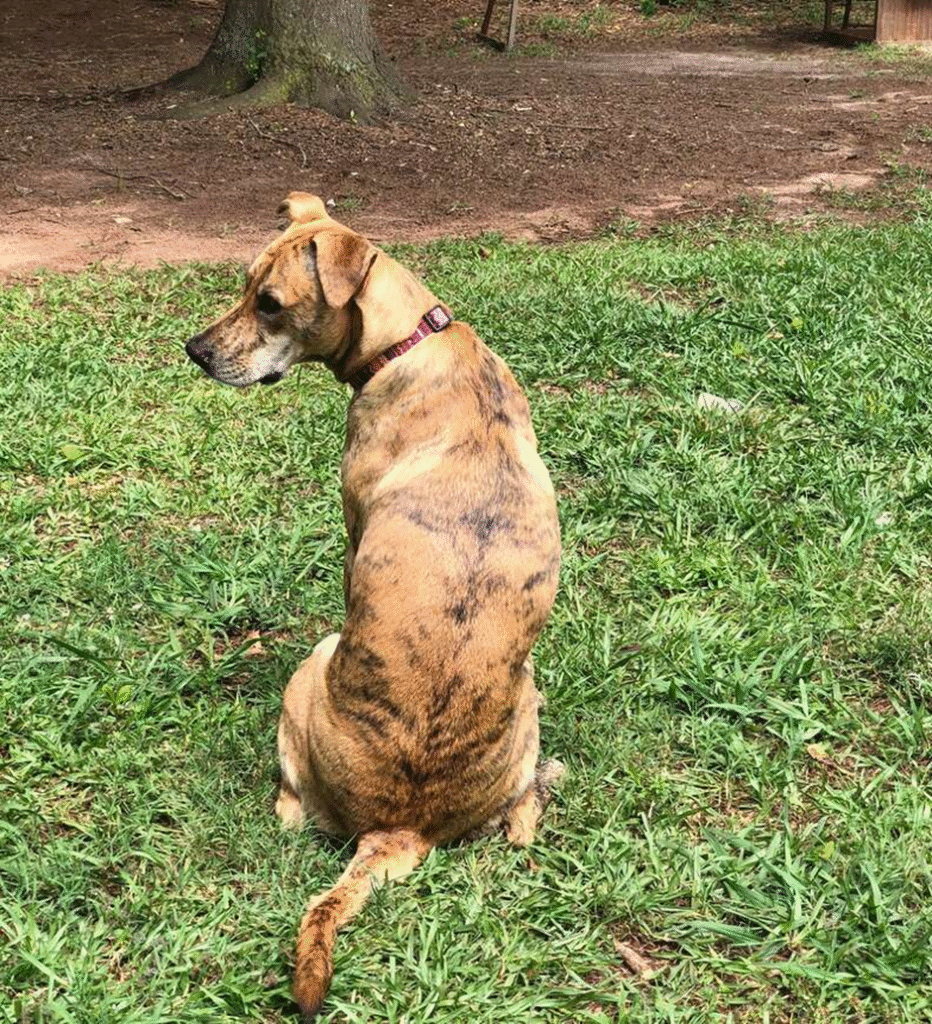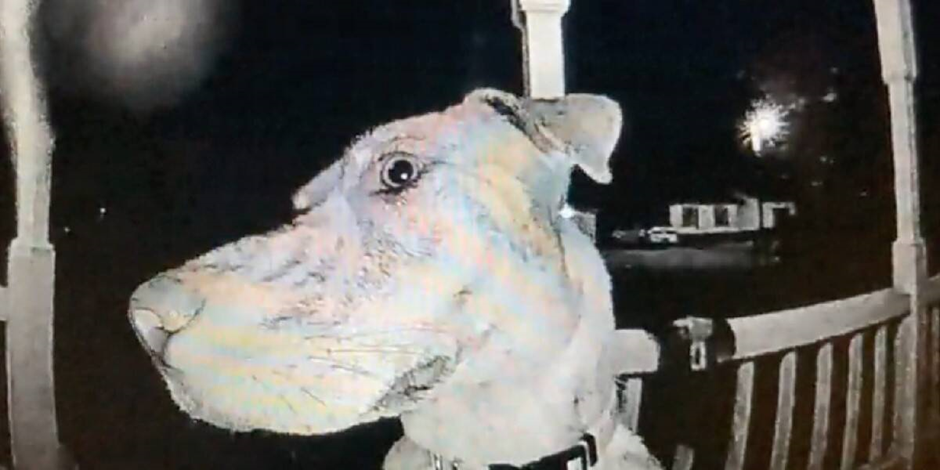The silence in the house was heavy, punctuated only by the anxious, rhythmic tapping of Sarah’s foot against the hardwood floor. It had been seven hours since Goldie, her beloved golden retriever, had vanished. The afternoon had started innocently enough: a brief moment of distraction while bringing in groceries, and Goldie, seizing her chance, had slipped out the gate, intent on a solo adventure.
Goldie wasn’t a wanderer, but a sudden noise—a fire truck siren, perhaps—had sent her into a panicked flight response. Sarah had spent the entire evening retracing her steps, driving through neighborhood streets, her voice hoarse from shouting Goldie’s name. The fear was a cold, sharp stone in her stomach. Night had fallen, and Goldie was still gone.
Sarah sat curled on the sofa, clutching Goldie’s favorite chew toy, trying to focus on anything but the worst-case scenarios. She knew Goldie was smart—unusually smart—but the city was large, full of traffic, and Goldie was profoundly sensitive.
Around 11 p.m., just as Sarah was preparing to call the police and file a final, desperate report, the house chime rang.
Ding-dong.
Sarah froze. Who would be ringing her doorbell this late? A neighbor? A police officer with bad news? She crept to the front door, peering through the small peephole.
What she saw made her gasp so sharply she nearly dropped her phone.
Framed perfectly in the narrow fisheye lens was Goldie.
But it wasn’t just Goldie standing there, looking expectant. Goldie was sitting upright, facing the door, and with her massive, damp snout, she was pressing the doorbell button with the practiced precision of a delivery person.

After the initial, ecstatic reunion, Sarah pulled back, still disbelieving, and looked at her dog. Goldie was clearly exhausted, her paws dirty, and her fur matted in a few places, but she was entirely unscathed. She looked up at Sarah with the deepest, most knowing “I’m safe” expression a dog could muster, her tail sweeping an ecstatic arc across the floor.
But how? How had she navigated the miles back home, and how had she—a dog—managed to ring the doorbell?
Sarah realized they had a security camera feed that recorded activity at the front door. With trembling hands, she went straight to her phone and pulled up the evening’s playback.
The footage, timestamped just minutes before the chime, showed Goldie walking cautiously up the front pathway. She looked around, her head held low, clearly nervous and uncertain. She tried scratching at the door, whining softly, but the heavy, insulated wood muffled the sound. She stood on her hind legs, bumping the door handle, but couldn’t depress it.
Then, the genius moment.

Goldie paused, her eyes locked onto the small, white doorbell unit. Sarah remembered practicing with Goldie just weeks earlier. When a package arrived and the bell rang, Goldie would rush to the door. Sarah had jokingly taught her to touch the button with her nose for a treat, training her to “alert” to the delivery.
In her moment of greatest need, Goldie didn’t try to chew the door or scratch the frame. She recalled the single, specific mechanism that brought a human to the door.
The footage showed her stretching her full length, focusing all her determination into a single movement. She leaned forward, pressed her nose squarely against the button, and held it long enough to make the chime ring clearly inside the house.
She then sat down, perfectly composed, facing the camera and the door, like a confident applicant waiting for an interview. It was the absolute epitome of self-reliance, a dog using human technology to solve a truly dog-sized problem.
Over the next few days, as Goldie slept almost constantly, nestled safely under Sarah’s arm, the full story began to emerge. A neighbor from four blocks over called. He had found Goldie huddled under his porch earlier that day. He had checked her tags and called the number, but Sarah’s phone had died during her frantic search. He had given Goldie water and food, but when he went to lock up the shed later, Goldie was gone again, determined to keep moving.

She had covered an estimated three miles, crossing two major intersections and navigating a confusing network of suburban cul-de-sacs. She hadn’t followed scent trails; she had followed memory. She navigated the route she knew led to the large blue house with the potted plants and the familiar garden gnome.
Her safe return wasn’t an accident; it was an act of profound intelligence and loyalty. Goldie had used her cognitive abilities to overcome panic, analyze her environment, and execute a learned, complex task for survival.
The doorbell video became a local sensation, a short, undeniable piece of proof that dogs don’t just love us—they learn our rules, our devices, and our routines to ensure the bond remains intact. Goldie, once again nestled on the couch, looked up at Sarah with the same gentle, patient expression. She was home, and she was, without question, the smartest, kindest, most resourceful girl in the world. Sarah kissed the top of her head, the velvet fur smelling faintly of the outdoors, a fresh reminder of the miracle that had saved them both.


